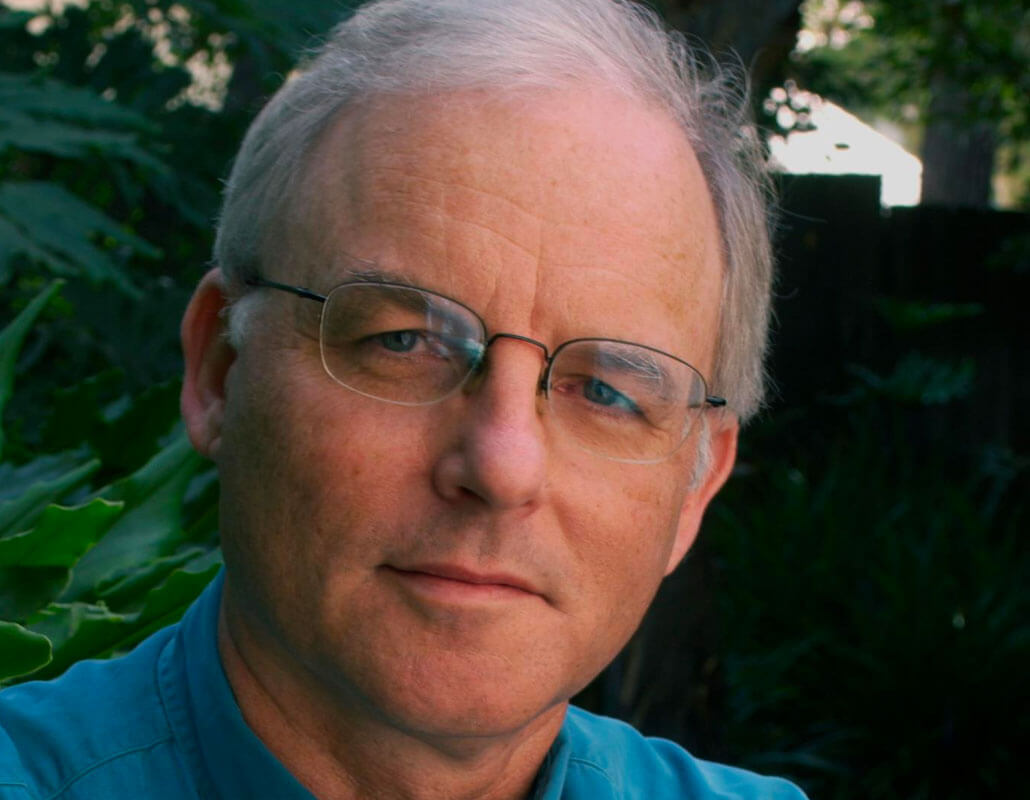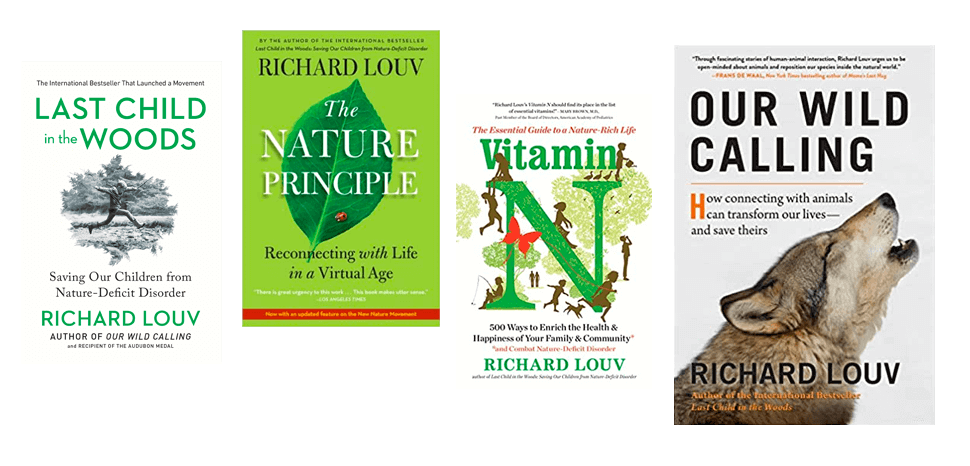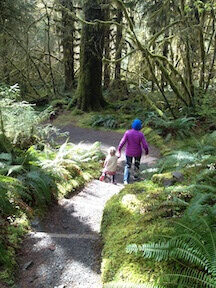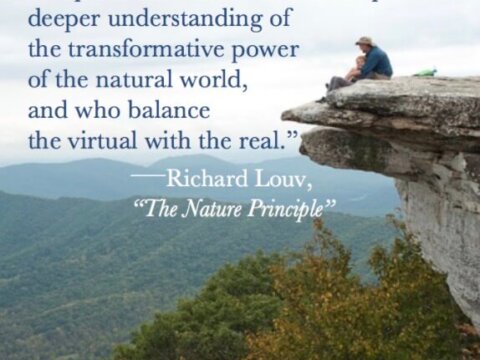10 WAYS TO MAKE YOUR CITY OR STATE THE BEST IN THE U.S. (OR THE WORLD) FOR CHILDREN AND NATURE
What if your community were to decide to become the best place in America — or the world — for children and nature? Here’s an informal challenge to make that goal part of your community’s competitive DNA: to create an envisioning process; to set measurable goals; to see the future of healthcare, education, urban design, and economics through the lens of people and nature.
Some cities and states are beginning that process. One of them is the Charlotte urban region (spanning the border in both North and South Carolina). Charlotte already offers some great park and recreation models for the future. When I spoke at a large civic luncheon there a few years ago, I challenged the city to formalize the goal of becoming America’s Best City for Children and Nature, as reported by the Charlotte Observer. Earlier, I issued a similar challenge, to Houston, San Diego and other cities.
The idea isn’t brand new. Back in 2009, Backpacker magazine ran an article called “The Best Cities to Raise an Outdoor Kid.” Boulder, Colorado led the pack of “25 places to beat nature-deficit disorder.” The qualifications (maybe backpack sales?) were never fully explained. Still, it was a good, conversation-provoking piece.
So let’s amp this up. Why wait for a national competition to be officially declared? We can begin by issuing an informal challenge city by city, town by town, state to state. Individual communities, and even nations, could establish a two- to five-year plan with benchmarks and reachable goals. Here’s a starter list of goals (and not necessarily in order of importance):
- Creation of an envisioning process to see the future through the prism of nature.
- Number of family nature clubs and programs that connect families with nature.
- Number of schools with natural play spaces and other ways to incorporate nature into the learning of all subjects, and to improve test scores.
- Degree of economic and cultural diversity in outdoor settings and programs.
- Number of pediatricians and other health professionals prescribing nature.
- Improvement of biodiversity in the region, achieved in part through the increase of private yards and public spaces planted with native species.
- Expansion or creation of nature trail, bike paths, natural parkland, open space and wildlife corridors (“childlife” corridors, too).
- Commitment of businesses, nonprofits and public institutions to creating a nature-rich future.
- Successful public awareness campaigns; for example, a citywide or statewide children’s essay contest on how they connect with nature.
- Expansion of local nature-based tourism and other economic measures — including property values, tax base; and successful efforts to market the region as a great place for children and nature, and as a natural magnet for creative, innovative people and companies.
And so on…
Ideally, such a competition would have national sponsors, but if these cities were to set and reach their own goals, they could reasonably pronounce themselves among the nation’s — or the world’s — best cities for connecting children to nature
Some cities love a challenge. Some states and nations do, too. We’ll see what happens.
Regarding the first item on the list above, in 2011 I wrote a piece about how regions and states could see their own futures more creatively through the prism of nature. I had recently attended a conference held at the Minnesota Arboretum, where several hundred people from a variety of sectors – tourism, housing development, health care, education, and others – came together to explore nature’s role in their state.
As I wrote at the time, I was especially intrigued by the remarks of Mary Jo Kreitzer, a nursing professor at the University of Minnesota and director of the university’s Center for Spirituality and Healing. She said the state should make it a goal to become the healthiest state in the country, and that viewing the future through the prism of nature could help Minnesota reach that goal.
Could an investment in creating more nearby nature reduce obesity, save health care costs and improve student testing? A growing body of evidence and reports, most recently the Helsinki Alert, issued by a prestigious international group of scientists, suggest that the answer is yes.
In such an envisioning process, cities and states could ask a series of questions. For example, what would health services, and results, look like? What would the region’s future education system be like? (After school programs, field trips, science education, and so on.) What if more nature were woven into everyday life – if natural watersheds were revived, if more parks were created, if community gardens and other forms of urban agriculture (including immigrant agriculture and high-rise farms) were encouraged. What would the economy and spirit of the region be in, say, ten or twenty years?
What would our homes and yards look like, feel like, if the restorative power of nature was considered in their design or remodeling?
How would the true greening of a region affect property values and other economic measures? What would be the long-term impact of a region-wide campaign that greened businesses and workplaces? We’re not talking here about just saving energy costs, but about creating human energy, through biophilic design, which is linked to higher productivity, lower employee turnover, and more creativity in the workplace.
On many levels, such an envisioning process would be fundamentally different from the usual way that urban regions and states think about their futures. Tired approaches focus on subsidizing corporations or one-upping the next town over — we’re the New Silicon Valley — on building an economy at the expense of other regions.
But a community that decides to be a great place for children and nature nurtures life itself – which helps every species, including humans, everywhere. Why not envision that future? Idealistic, of course. But many of us believe in that line from the movie Field of Dreams: “If you build it, they will come.” Or another interpretation: “If you imagine it and name it, they will come.”
Imagination doesn’t get the heavy lifting done, but without imagination, nothing gets done.
Helsinki alert of biodiversity and health
12 PRINCIPLES FOR A NATURE RICH CITY
RESTORING PEACE: Six Ways Nature in Our Lives Can Reduce the Violence in Our World
Cities Connecting Children to Nature, an initiative of the Children and Nature Network
-
Network News
POLICY UPDATE: Policy and advocacy for the children and nature movement
-
Voices
Binoculars, bald eagles and my journey as a Black birder
-
Richard Louv
THE WONDER BOWL: Ten Spring and Summer Nature Activities for Kids and Adults
-
Network News
Minneapolis Spotlight: The promise and possibilities of parks for youth
-
Voices
Why nature is my motherhood ally








Commentaries on the C&NN website are offered to share diverse points-of-view from the global children and nature movement and to encourage new thinking and debate. The views and opinions expressed are those of the author(s) and do not necessarily reflect the position of C&NN. C&NN does not officially endorse every statement, report or product mentioned.